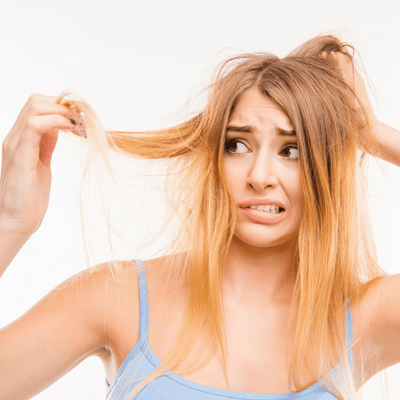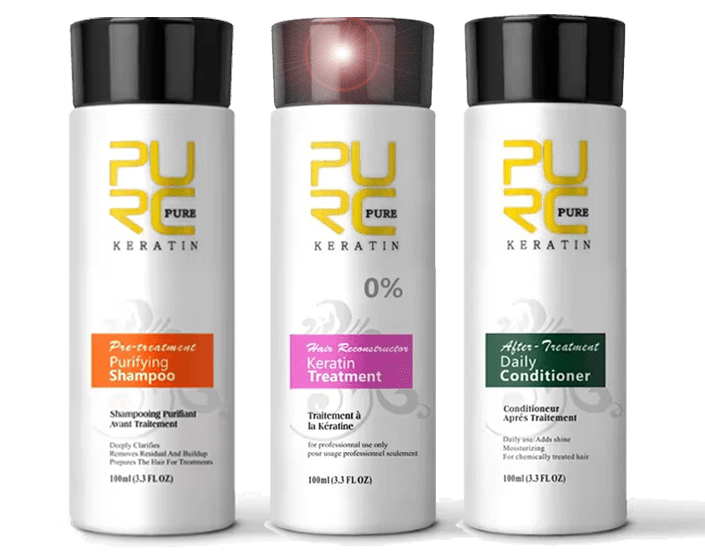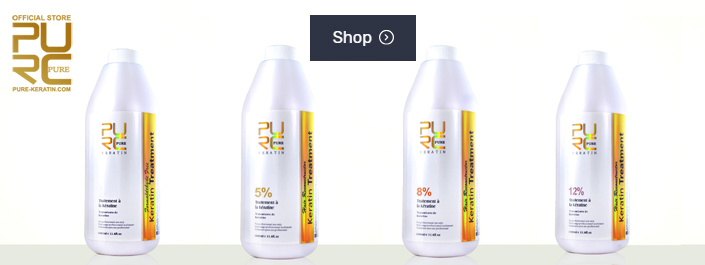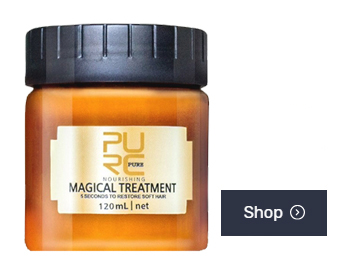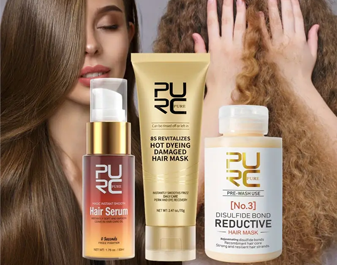Keratin treatment for fine hair
KERATIN TREATMENT on 12th Jul 2024
Comprehensive Guide to Keratin Treatments for Fine Hair
Definition of Keratin Treatment
Keratin treatments are a popular hair smoothing process designed to strengthen and smoothen the hair by infusing it with keratin, a protein naturally found in hair. This treatment helps to reduce frizz, improve shine, and make the hair more manageable.
Importance for Fine Hair
For individuals with fine hair, keratin treatments can be particularly beneficial. Fine hair tends to be more fragile and prone to damage from styling and environmental factors. Keratin treatments help fortify fine hair, making it stronger and more resilient.
Brief History of Keratin Treatments
Keratin treatments originated in Brazil in the early 2000s and quickly gained popularity worldwide. Initially, these treatments were known for containing formaldehyde, which sparked health concerns. Over time, formulations have evolved to include formaldehyde-free options, making the treatments safer and more accessible.
Purpose of the Article
The purpose of this article is to provide a comprehensive guide to keratin treatments for fine hair. It will cover the types of treatments available, their benefits, how to maintain treated hair, and insights from experts and real-life case studies.
Traditional Keratin Treatments
Traditional keratin treatments involve applying a keratin-infused product to the hair, followed by heat to seal the product into the hair shaft. This process can take several hours but results in smooth, shiny hair that can last for several months.
Brazilian Blowout
A Brazilian Blowout is a specific type of keratin treatment that uses a unique formula to create a protective protein layer around the hair shaft. This treatment is known for its ability to reduce frizz and improve hair texture without weighing down fine hair.
Soft Keratin Treatments
Soft keratin treatments are designed for individuals with fine or damaged hair. These treatments use gentler formulas that provide the benefits of traditional keratin treatments without the risk of over-processing the hair.
Formaldehyde-Free Keratin Treatments
Formaldehyde-free keratin treatments offer a safer alternative to traditional treatments. They use other aldehyde derivatives or natural ingredients to achieve similar results without the health risks associated with formaldehyde exposure.
DIY Keratin Treatments
DIY keratin treatments are at-home kits that allow individuals to apply keratin treatments themselves. While convenient and cost-effective, these treatments may not provide the same results as professional treatments and require careful application to avoid damage.
Indications for Keratin Treatment
Individuals with fine hair who experience frizz, lack of shine, and difficulty managing their hair may benefit from keratin treatments. These treatments can help smoothen and strengthen the hair, making it easier to style and maintain.
Signs You Need a Keratin Treatment
If your fine hair is prone to breakage, tangling, and lacks elasticity, it may be a sign that you need a keratin treatment. Other signs include excessive frizz, dullness, and hair that doesn't hold styles well.
Benefits for Fine Hair
Keratin treatments provide numerous benefits for fine hair, including reduced frizz, increased shine, improved strength, and enhanced manageability. These treatments can also help protect the hair from environmental damage and heat styling.
Causes of Hair Damage in Fine Hair
Fine hair is more susceptible to damage due to its thinner structure. Common causes of damage include excessive heat styling, chemical treatments, environmental exposure, and improper hair care practices.
Environmental Factors
Environmental factors such as UV radiation, pollution, and humidity can contribute to hair damage. These factors can weaken the hair shaft, leading to frizz, breakage, and loss of shine.
Lifestyle and Styling Habits
Frequent use of heat styling tools, chemical treatments, and improper hair care routines can cause significant damage to fine hair. Over-washing, using harsh shampoos, and not using heat protectants are common culprits.
Genetic Factors
Genetics play a significant role in hair type and health. Individuals with fine hair may have a genetic predisposition to weaker hair strands, making them more prone to damage and breakage.
Assessing Hair Health
To determine if a keratin treatment is suitable for your fine hair, it's essential to assess your hair's overall health. This includes examining the hair for signs of damage, dryness, and breakage.
Hair Strand Test
A hair strand test involves examining a small section of hair to assess its strength and elasticity. This test can help determine the level of damage and whether a keratin treatment would be beneficial.
Consultation with a Hair Professional
Consulting with a hair professional is crucial before undergoing a keratin treatment. A stylist can evaluate your hair's condition, recommend the appropriate treatment, and provide personalized advice for maintaining healthy hair post-treatment.
In-Salon Keratin Treatments
In-salon keratin treatments offer professional-grade results with the expertise of a trained stylist. These treatments typically involve a multi-step process that includes washing the hair, applying the keratin solution, and sealing it with heat.
At-Home Keratin Treatments
At-home keratin treatments are a convenient and cost-effective option for those who prefer to treat their hair themselves. These kits usually come with detailed instructions, but achieving salon-quality results can be challenging.
Combination Treatments
Combination treatments involve using both in-salon and at-home keratin treatments to maintain results. For example, you might get a professional treatment initially and use at-home products to prolong the effects.
Post-Treatment Care and Maintenance
Maintaining the results of a keratin treatment requires proper aftercare. This includes using sulfate-free shampoos, avoiding excessive heat styling, and protecting the hair from environmental damage.
Protecting Hair from Damage
Preventing damage to fine hair involves adopting gentle hair care practices. This includes using wide-tooth combs, avoiding tight hairstyles, and minimizing the use of heat styling tools.
Proper Hair Washing Techniques
Washing fine hair properly is essential to maintaining its health. Use lukewarm water, apply a sulfate-free shampoo, and avoid vigorous scrubbing. Conditioning the hair properly is also crucial to prevent tangling and breakage.
Heat Protection Strategies
When using heat styling tools, it's vital to use a heat protectant spray to shield the hair from high temperatures. Additionally, limiting the use of these tools and opting for lower heat settings can help reduce damage.
Choosing the Right Hair Products
Selecting the right hair products is crucial for fine hair. Look for lightweight, nourishing products that strengthen the hair without weighing it down. Avoid heavy oils and silicones that can make fine hair appear greasy.
Success Stories of Keratin Treatment on Fine Hair
Hearing from individuals who have successfully undergone keratin treatments can provide valuable insights. These stories often highlight the transformative effects of the treatment on fine hair, showcasing smoother, shinier, and more manageable locks.
Challenges Faced During Treatment
Personal stories can also shed light on challenges faced during and after the treatment. This includes potential issues with the application process, maintaining results, and managing any side effects.
Long-Term Results
Long-term case studies can provide a comprehensive view of the benefits and drawbacks of keratin treatments over time. These stories often reveal how the treatment has impacted hair health and styling habits months or even years later.
Hair Stylists’ Perspectives
Professional hair stylists can offer valuable insights into the effectiveness of keratin treatments for fine hair. Their expertise can guide individuals in choosing the right treatment and maintaining healthy hair post-treatment.
Dermatologists’ Advice
Dermatologists can provide a medical perspective on keratin treatments, including potential side effects and skin reactions. Their advice is crucial for individuals with sensitive skin or scalp conditions.
Product Manufacturers’ Views
Insights from product manufacturers can reveal the science behind keratin treatments and the benefits of different formulations. They can also provide information on how to choose high-quality products and avoid harmful ingredients.
Summary of Key Points
In summary, keratin treatments can be a game-changer for individuals with fine hair, offering numerous benefits such as reduced frizz, increased shine, and improved manageability. However, it's essential to choose the right treatment, follow proper aftercare practices, and consult with professionals to achieve the best results.
Call to Action for Further Education
For those interested in learning more about keratin treatments and hair care, consider consulting with a hair professional or dermatologist, researching reputable products, and exploring additional resources on hair health and styling.














